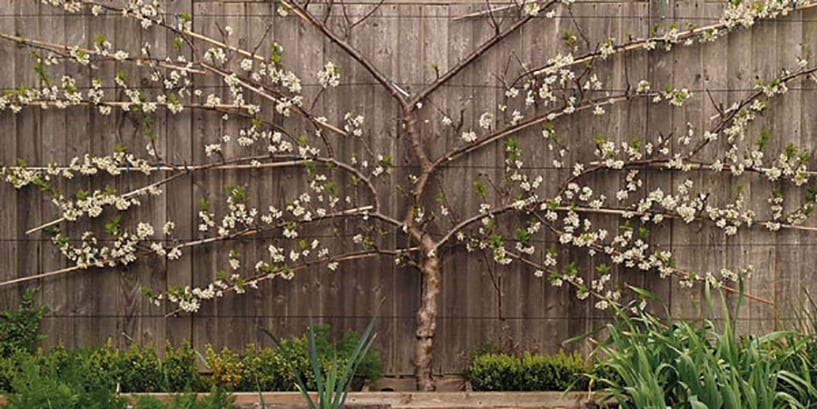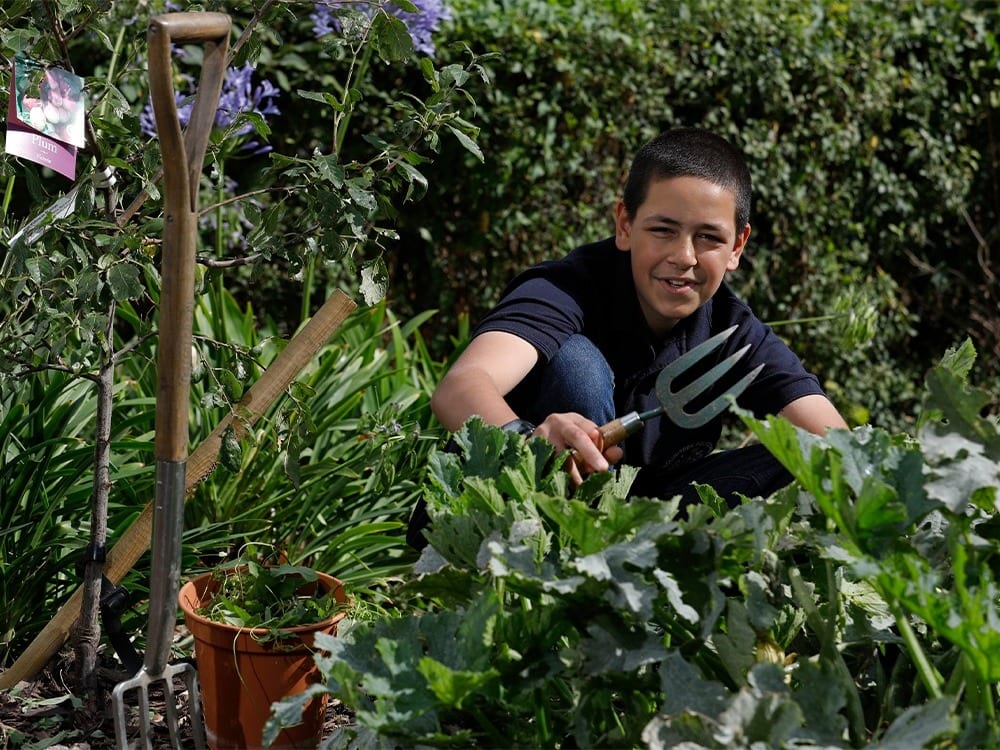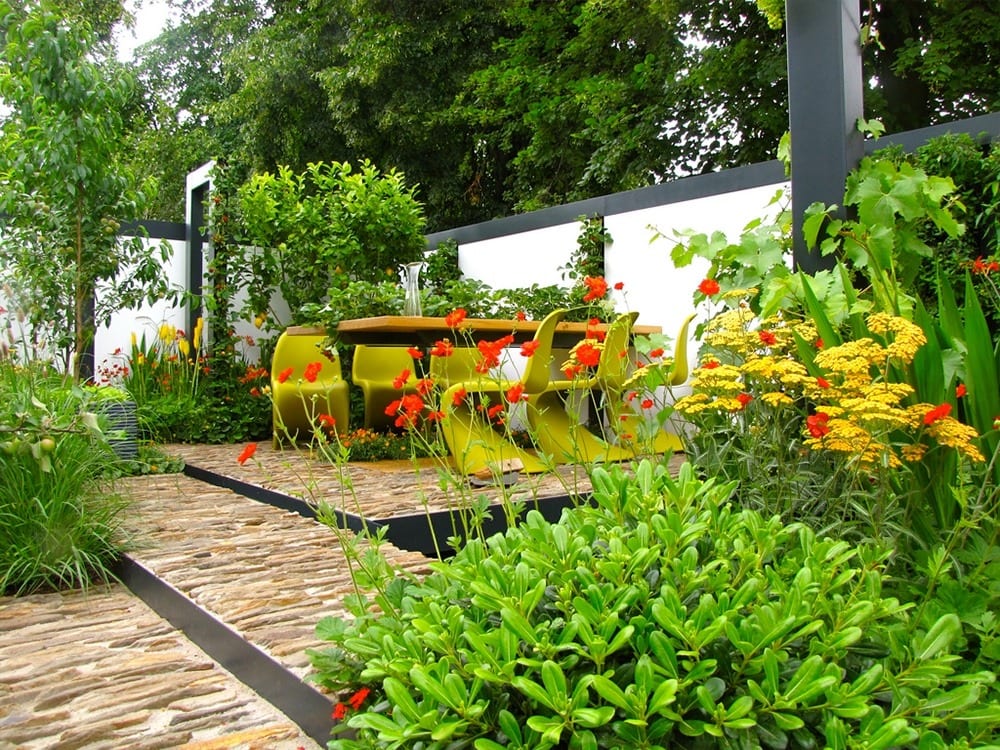While having to stay at home is not ideal for any of us there are lots of things you can do in the garden and what better time than with the spring weather, here are a few more ideas, that will not only keep you occupied, but also mentally and physically active too:
> Dust down the mower and get out and tackle the lawn, not forgetting the edges which you can trim with shears. This simple task will immediately make your garden look tider.
> Welcome the birds into your garden, order some feeders and birdfood to get started if you don’t already have them and the sight and sound of our feathered friends will put a smile on your face.
> Do your bit for wild plants that are under threat by sowing some native plants into a window box, on a balcony or in a corner of your garden and make a mini meadow to encourage nature back.
> Children can join in with nature/gardening-based craft activities to inspire and entertain them to get growing too. Why not make a den in the garden if you have room and see how ingenious they can be.
> Don’t stare at a blank wall or fence, add some colour with hanging baskets or try environmentally-friendly, hessian flower bags filled with compost and planted with flowering plugs.
> String up some garden lights to bring a sparkle to a tree, porch, archway or shrub.
> Don’t neglect the patio or terrace when dealing with the plants, veg and greenery – a blast from the pressure washer will easily give it a new look.
> For a real taste of the summer to come order some strawberry plants and get them in now with some fertilizer to really encourage the juicy sweet fruit.
> Add some sunshine with some cheery sunflowers, sow seeds now, put pots on the windowsill and plant seedlings when frosts are gone.
> Pot up some herbs, salad leaves, spinach, beetroot, dwarf French beans, potatoes and dwarf carrots which will all do well in containers or skip the sowing and go straight to plug plants.








